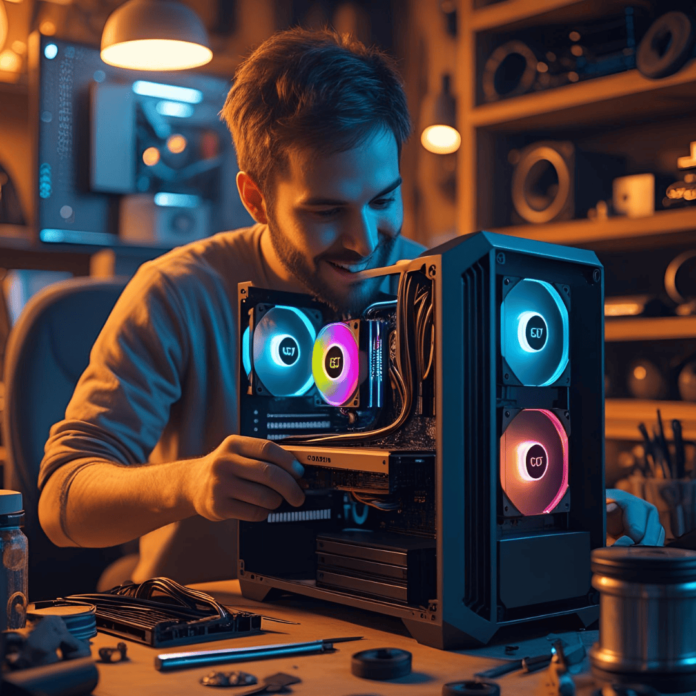assembled pc
In today’s fast-evolving tech world, choosing the right computer can feel overwhelming. If you’re looking for performance, flexibility, and affordability, an assembled PC might just be your best bet. In this write-up, I researched the topic thoroughly and found a balanced guide to help you decide if an assembled PC is the right fit for your needs.
Whether you’re planning to build your first PC, upgrade from an old setup, or looking for the best bang for your buck, this guide dives deep into its features, benefits, and drawbacks—so you can buy smarter, not harder.
What is an Assembled PC?
An assembled PC is a computer that is built by combining individual components like the processor, motherboard, RAM, storage, power supply, and cabinet, instead of purchasing a pre-built or branded desktop.
This allows users to customize the system based on their budget and performance needs.
Why I Researched It
While searching for a high-performance yet affordable system, I discovered that assembled PCs offer unmatched value.
Unlike branded desktops, where you’re locked into a fixed configuration, assembled PCs let you pick and choose every part.
You can also upgrade easily, making them ideal for gamers, creators, students, and even office users.
After comparing several builds and reviews, I found that choosing the right combination of components is key—and this article will help you do just that.
Key Features of an Assembled PC
- Custom Configuration: Tailor the PC according to your needs—gaming, editing, study, or work.
- Upgrade Friendly: Easily replace or upgrade components like GPU, RAM, or SSD without replacing the entire system.
- Cost-Effective: You only pay for what you need—no bundled bloatware or overpriced branding.
- Performance Optimized: Choose high-performance parts for better multitasking, gaming, and rendering.
Pros of Assembled PCs
✅ Flexibility in Budget and Specs
From entry-level setups to high-end gaming rigs, you can build what suits your wallet and workflow.
✅ Easy Repairs and Upgrades
Unlike proprietary systems, most parts in an assembled PC are standard and easy to replace or upgrade.
Cons of Assembled PCs
❌ Requires Technical Knowledge
Building or selecting parts can be tricky for beginners. However, local shops or online guides help a lot.
❌ No Single Warranty
Each component has its own warranty, which might complicate service issues if something fails.
Why Should You Buy an Assembled PC?
If you’re someone who wants full control over performance, budget, and design, an assembled PC is a no-brainer. You’ll save money, get higher performance, and future-proof your system.
Also, many online retailers and local shops offer pre-assembled options, so even non-techies can enjoy the benefits. Simply choose your parts, and they’ll build and test it for you.
Buyer’s Guide: What to Look For
| Component | Recommendation |
|---|
| CPU | Go for AMD Ryzen or Intel i5/i7 depending on your use. |
| GPU | NVIDIA or AMD graphics cards for gamers and creators. |
| RAM | Minimum 8GB for general use; 16GB+ for gaming/design. |
| Storage | SSD for faster boot and loading; HDD for bulk storage. |
| Motherboard | Match with CPU socket and ensure future upgrade options. |
| Power Supply (PSU) | Always choose a reliable, branded PSU—don’t cut corners here. |
| Cabinet | Good airflow and cable management matter for longevity. |
Conclusion
An assembled PC is more than just a budget option—it’s a smart, flexible solution for anyone serious about computing. Whether you’re a student, gamer, or professional, building or buying a custom PC ensures you get exactly what you need—without overspending.
Before making your purchase, define your requirements, set a budget, and compare parts carefully. Trust me, once you experience the power of a well-built assembled PC, you won’t go back
Buy Now : [ https://fkrt.co/23rv4s ]





